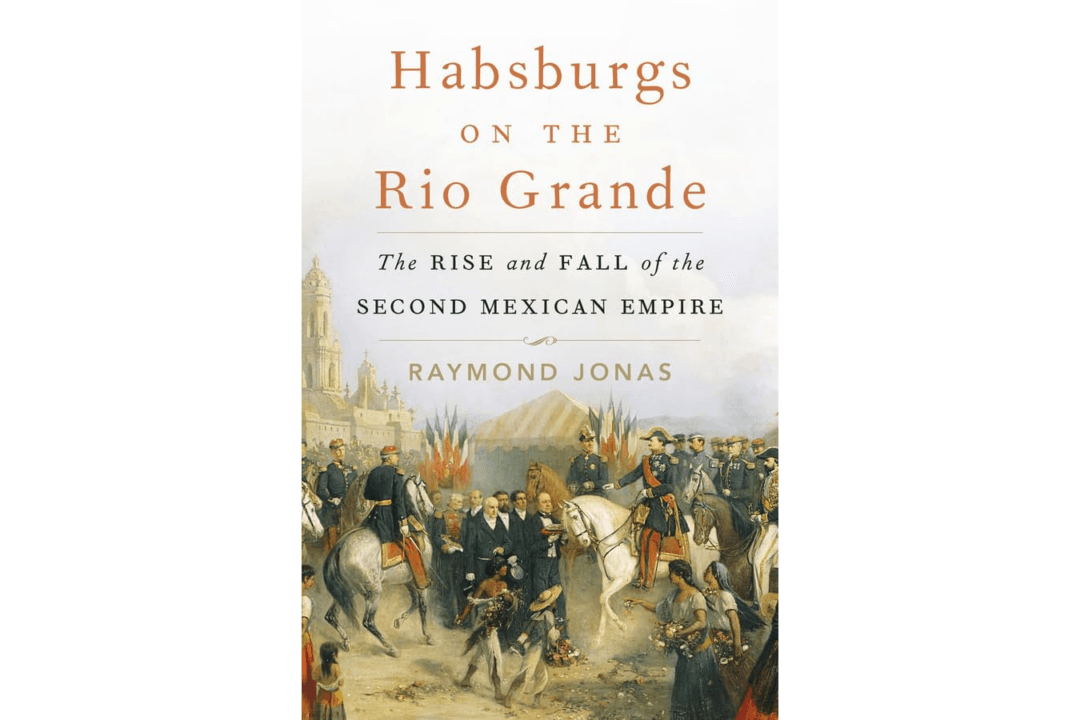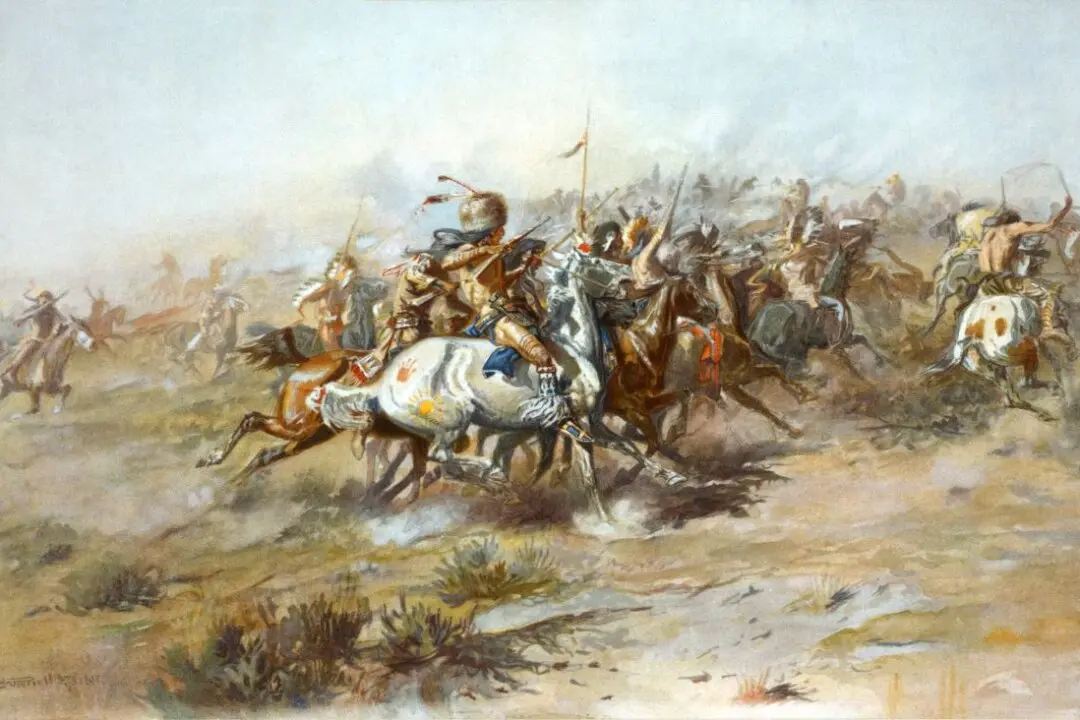There is an oft-overlooked moment in American history, when several European nations agreed to invade the Mexican republic and install a Habsburg on the throne of what would be termed the Second Mexican Empire. Of course, this second empire was grossly short-lived.
In his new book, “Habsburgs on the Rio Grande: The Rise and Fall of the Second Mexican Empire,” Raymond Jonas, the Jon Bridgman Endowed Professor in History at the University of Washington, posits a new theory. He believes the reason the invasion and occupation of Mexico took place was because of the expanding American republic and the fear that America “posed a threat to the European old regime on both ideological and geopolitical grounds.”






